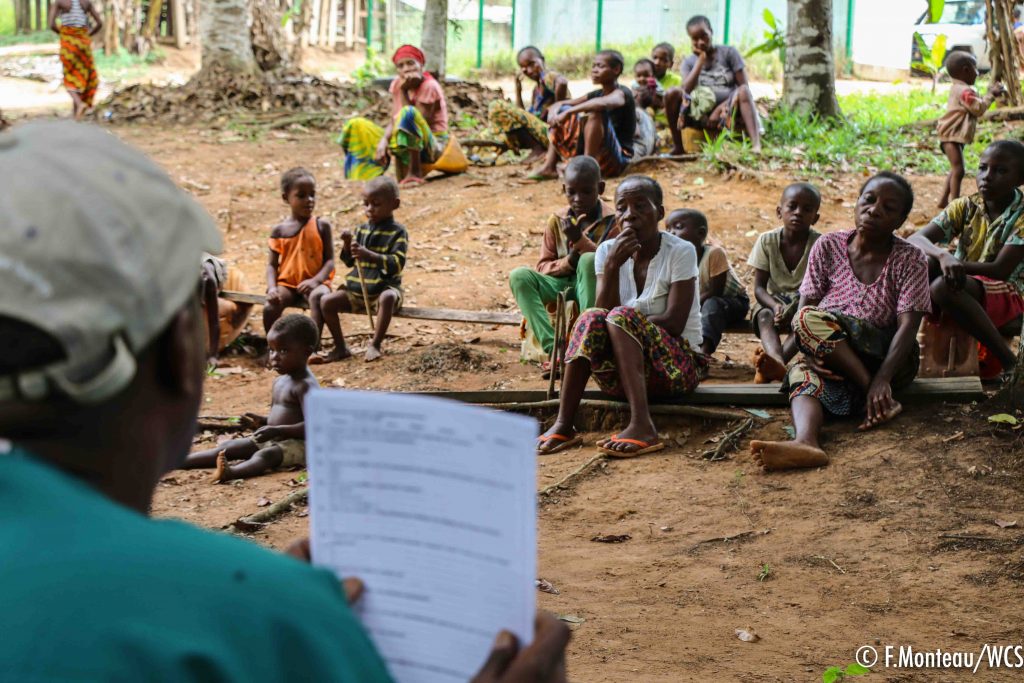The Spatial Monitoring and Reporting Tool (SMART) is a both a software and a framework that allows forest rangers and anti-poaching patrols to collect geospatial data on their smart phones (via the SMART mobile app), which acts as an advanced handheld GPS. When traps, illegal encampments, animals, or violators are located, the patrol will make a record using the app’s customized “data model” (a customization of the application that creates specific drop-down lists, and decision trees). The SVW data model is based on Vietnamese forestry law, so when any technical gaps are identified in the data model in terms of arrest procedures, non-standard violations, or priority species listed in legislative decrees, it can directly inform and improve policy.
Once data has been collected by patrols on their smart phones, the patrol data (paths walked, km travelled, time spent on patrol, and data recorded) will upload automatically to SMART desktop. This is where managers can evaluate poaching hotspots to apply pressure, and also allows them to monitor the effectiveness of the patrols themselves. With each new data input, data managers are able to adapt to the situation and adjust their team and patrolling regimens accordingly.
